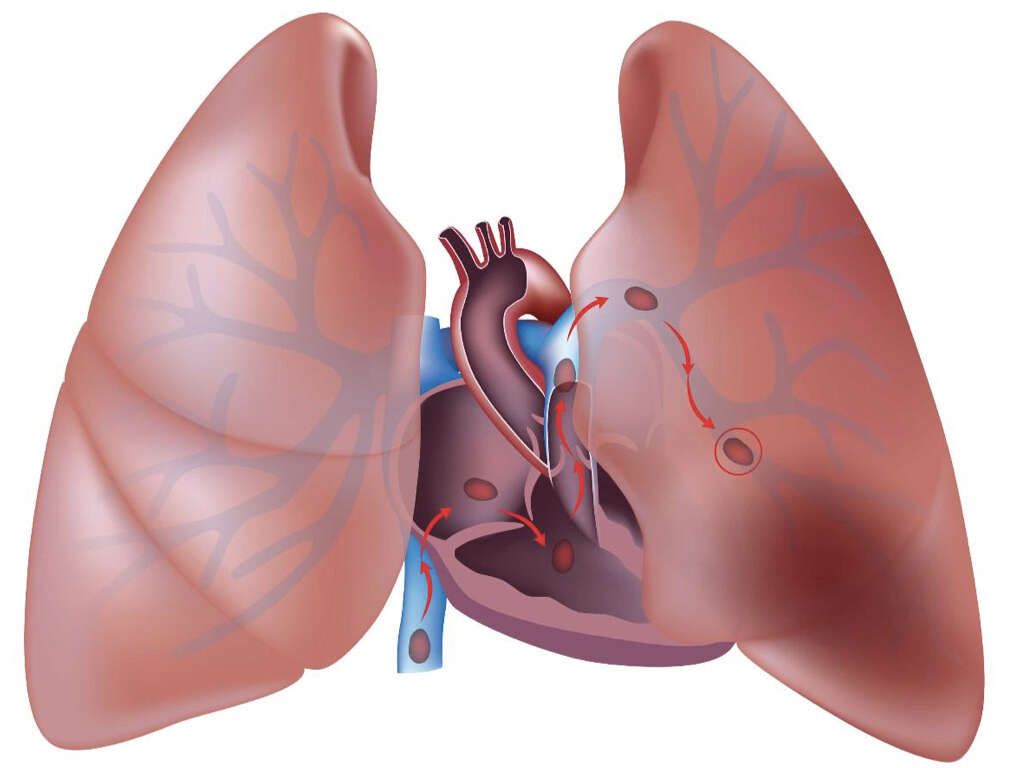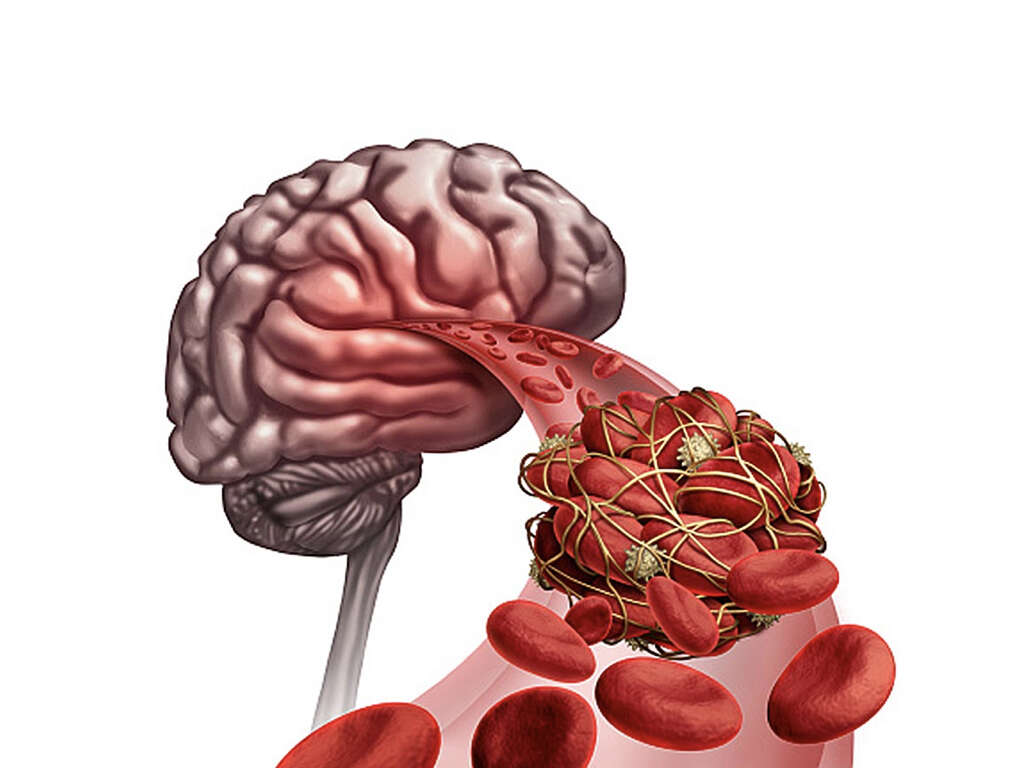What Is a Pulmonary Embolism?
5. Signs and Symptoms
The signs and symptoms in pulmonary embolism include breathlessness, rapid breathing, cough, chest pain worsened by breathing, and cyanosis (bluish discoloration of the lips and fingers). It can also cause syncope and sudden death.
A low-grade fever may also be present. However, patients rarely present with the classical presentation of pulmonary embolism. In a study of patients who have died unexpectedly due to pulmonary embolism, 40% of the patients have previously been seen by a medical professional weeks before their death due to nagging symptoms. In the patient’s history, it is important to try to establish if there are any conditions or medications that causes a hypercoagulable state. Other risk factors to look for include history of recent surgery, malignancy, history of travel, trauma, and smoking.
Advertisement











